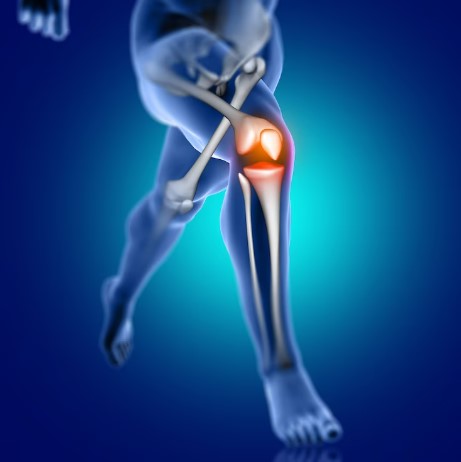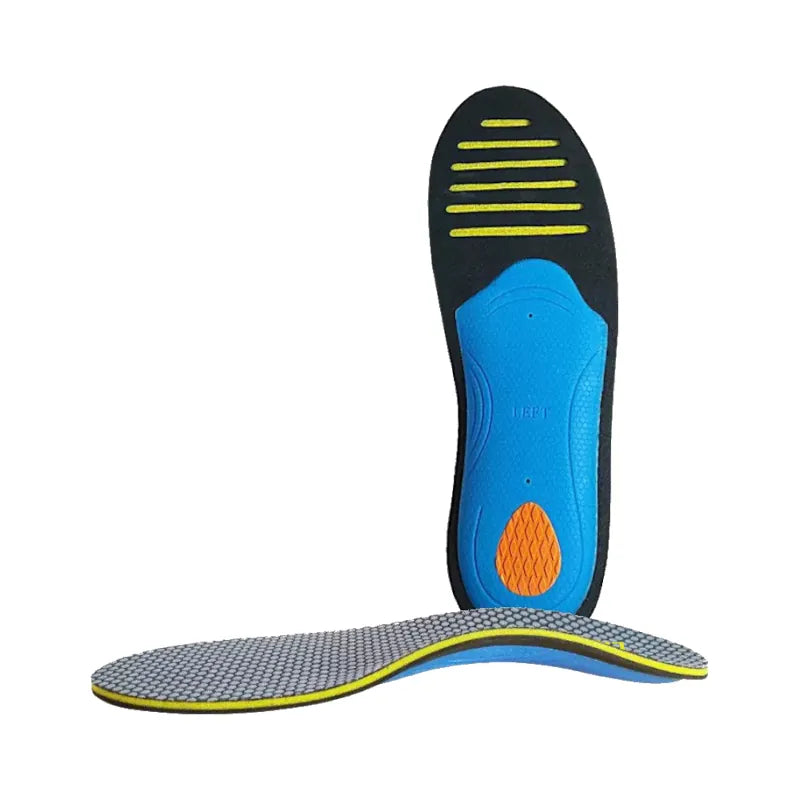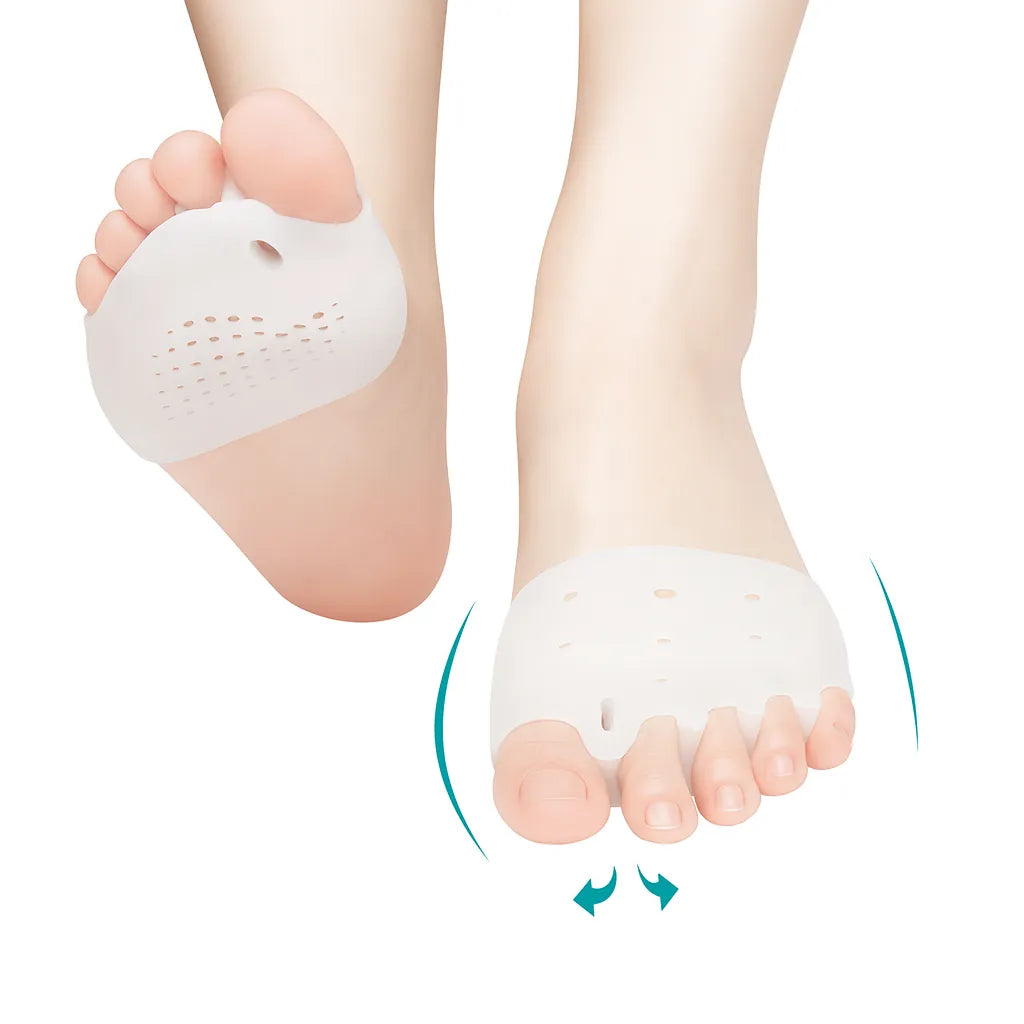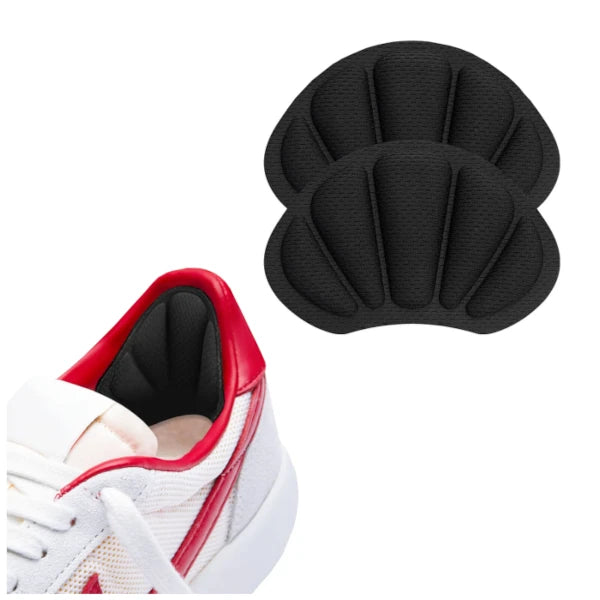
Knee pain: Should I worry?
Share
What’s the knee complex?
In order to have a better comprehension of knee articulation, we’re going to briefly introduce you to it. The knee joint is one of the most complex joints in the body, it’s made of 4 bones (femur, tibia, peroneus, and patella) and an extensive amount of ligaments and muscles. It’s a bi-articular joint, which means that moves in 2 directions: flexion/extension and medial/lateral rotation. The support of the knee joint it’s provided by the structures we mentioned above and other structures called meniscus (medial and lateral) and articular cartilage, as they work as shock absorbers. We could spend a week just talking about the knee, but these are the key figures that we plan to focus on today.
As expected, a joint as complex as this one is one of the biggest causes of injury that keeps athletes away from sports and often requires surgical treatment. Who doesn’t know a football player from your favorite team who got injured on the knee?
Knee pain also impairs the life of the non-athletic population, it’s known as a condition that affects millions of people worldwide. It affects people of all ages in different contexts, with different injury mechanisms, different types of injury, and different outcomes. It’s a condition that affects a person’s daily life, decreasing their quality of life.

What are the symptoms?
Knee pain symptoms vary a lot, they depend directly on the site of the injury and the type of tissue affected. Considering this, the most usual symptoms include:
- Pain - Can be dull, sharp, or throbbing. Sometimes it’s such a powerful pain that it’s hard to walk or to keep the same position for a while. It can be located in the front, back, or sides of the knee; It’s also frequently referred to as a pain that doesn’t stop, not even at night while sleeping.
- Swelling - A very frequent symptom, although some people may not present swelling and can have a high level of damage. Normally caused by an inflammatory response to the injury and it’s just linfatic fluid or in the worst scenario, can be blood;
- Difficult to walk/stand - Unable to sustain load and limping, on the affected side;
- Clicking or popping noises - These sounds can be heard bending or straightening the knee;
Instability - Perceived during walking, some patients feel the knee lose. More related to ligament injury.
If you had a recent acute episode of the knee joint and have one or more symptoms, should contact your doctor as soon as possible, to further investigate.
Causes of knee pain
A lot of different factors can contribute to knee pain, here we give you some examples:
- Trauma - Knee injuries can be caused by acute trauma such as a fall or sports-related injury. Trauma-related injuries can be fractures or ligament torn, for example;
- Overuse - This type of injury occurs after too many repetitive movements and is more frequent in athletes or people who perform physically demanding work; Overuse injuries include tendinitis and bursitis;
- Osteoarthritis - It’s a degenerative articular disease, which can impair knee function;
Other conditions - Other diseases like gout, infections, or tumors can provoke knee pain.
Risk factors of knee pain
Several factors can increase the risk of having knee pain, including:
- Excessive weight - Being overweight, obese, or pregnant might substantially increase stress on the joints, even during the most simple activities. It’s associated with further complications, such as osteoarthritis;
- Decreased muscle strength - A lack of strength can increase the risk of a knee injury, due to lowered stabilization of the joints;
Previous history of injury - People who already had a previous knee problem, are more likely to reinjure their knee again.
When to see a doctor?
We recommend you to see a doctor if:
- Are unable to bear weight or feel your knee unstable;
- Have knee swelling;
- Are unable to properly flex or extend your knee;
- Have a visual deformity in your knee or lower limb;
- Suddenly get a fever, after a recent knee injury episode;
- Have a very intense pain.
Your doctor will examine you and do all the tests necessary before confirming a diagnosis. Some image exams might also be required, for a more complete inspection without errors.
How to prevent knee pain?
Acute knee injuries are hard to prevent and predict but we should do our part, controlling the factors we can. The following suggestions may help decrease the risk of knee injury:
- Maintain a healthy weight - It’s one of the best advice to keep your knees healthy. Every additional pound it’s more load and stress on your joints, wearing them down;
- Wear appropriate shoes - Wearing shoes with proper support and cushioning can reduce the impact felt on the knee joint during physical activity;
- Be fit to play your sport - Prepare your muscles for the demands of sports, take some time for conditioning and specific sports training;
- Strengthen the muscles around the knee - Strengthening the leg muscles such as the quadriceps, hamstrings, and calves can help provide support and stability to the knee joint;
- Train smarter, not harder - Nobody knows your body better than you, so if you have any knee pathology or recurring injuries at the knee joint, you need to adapt the way you train. Consider doing activities with less impact on the knee such as swimming instead of running, at least for a few days a week. Limitating high-impact activities will definitely provide relief to your symptoms;
- Stay hydrated - Good hydration might help keep the joints lubricated and reduce the risk of injury.
Treatment
If the doctor confirms a diagnosis of knee pathology related to your knee pain, he’s also the right person to tell you how to proceed from there. The type of treatment suggested may differ, considering the affected structure (ligament, bone, muscle, tendon, or capsule) and the degree of injury. Although, your doctor should recommend physiotherapy or even, surgery.
If your pain is light and not related to any structural injury, we advise you to avoid the activities that cause you pain and use ice to control the inflammation and pain.
Conclusion
Knee pain is a common condition that can be caused by various factors such as injury, overuse, or arthritis. Symptoms of knee pain include pain, swelling, stiffness, limited mobility, and clicking or popping sounds. Preventing knee pain is important for maintaining joint health and can be achieved through simple steps toward a healthier lifestyle. If you are experiencing knee pain, it is important to consult with a healthcare professional for an accurate diagnosis and appropriate treatment plan.
Author Bio

Marlene Carvalho
Certified Sports Physiotherapist of Elite and Olympic athletes; Performance Coach to racing drivers
Marlene Carvalho is a sports physiotherapist passionate about all things sports.
References
- American Academy of Orthopaedic Surgeons. (2021). Knee injuries. OrthoInfo. Retrieved from https://orthoinfo.aaos.org/en/diseases--conditions/knee-injuries/.
- American College of Sports Medicine. (2020). ACSM issues new recommendations on quantity and quality of exercise. Retrieved from https://www.acsm.org/media-center/acsm-in-the-news/2020/08/14/acsm-issues-new-recommendations-on-quantity-and-quality-of-exercise.
- American Academy of Orthopaedic Surgeons. (2019). Overuse injuries. OrthoInfo. Retrieved from https://orthoinfo.aaos.org/en/diseases--conditions/overuse-injuries.
- Chaurasia BD. Human Anatomy - Lower Limb, Abdomen and Pelvis. Vol 2. CBS Publishers and Distributors Pvt Ltd, 2010
Author: Marlene Carvalho













